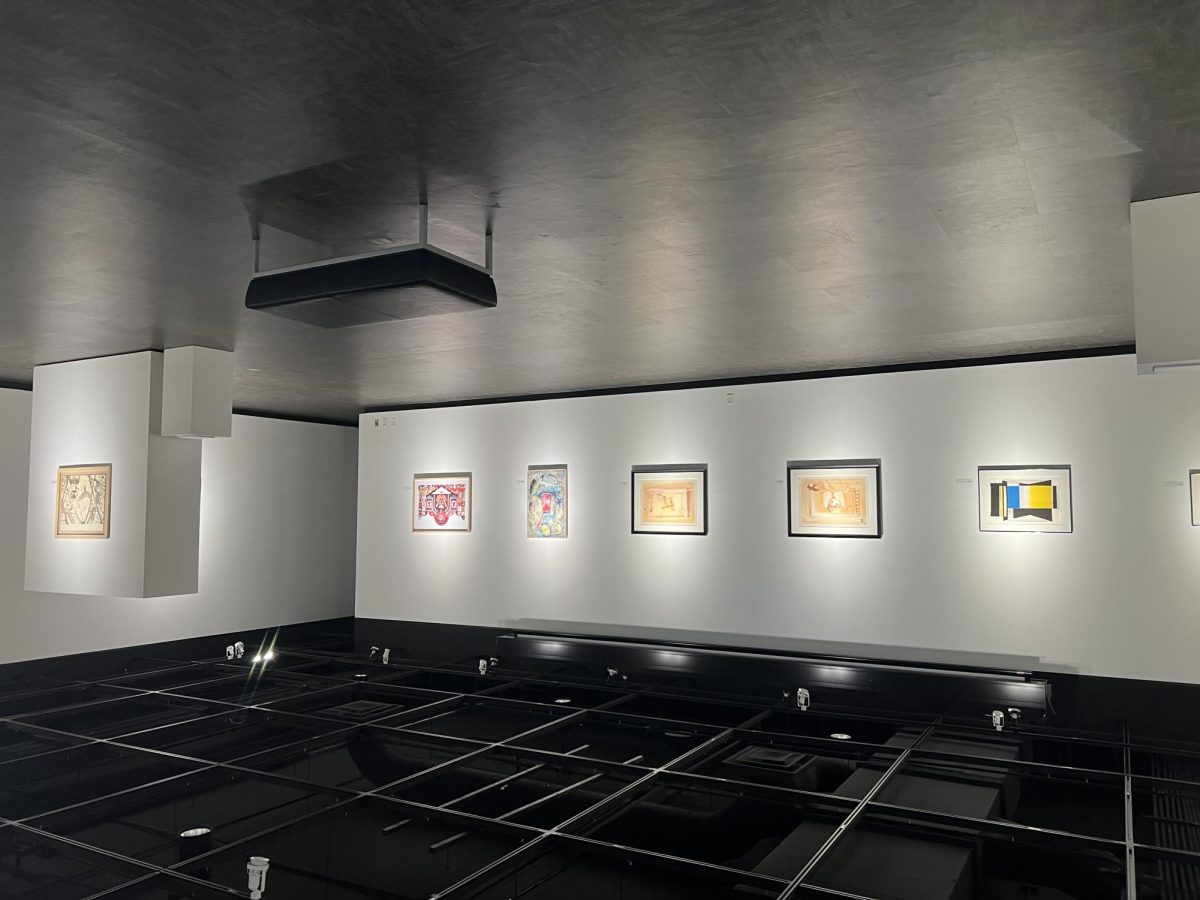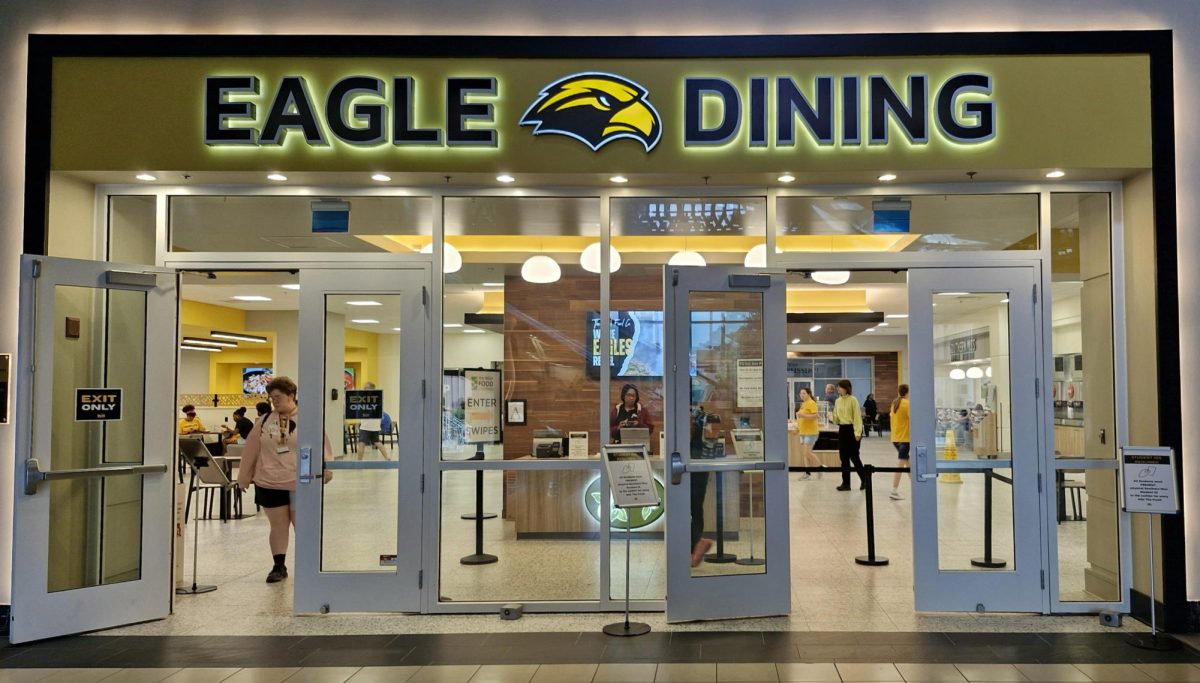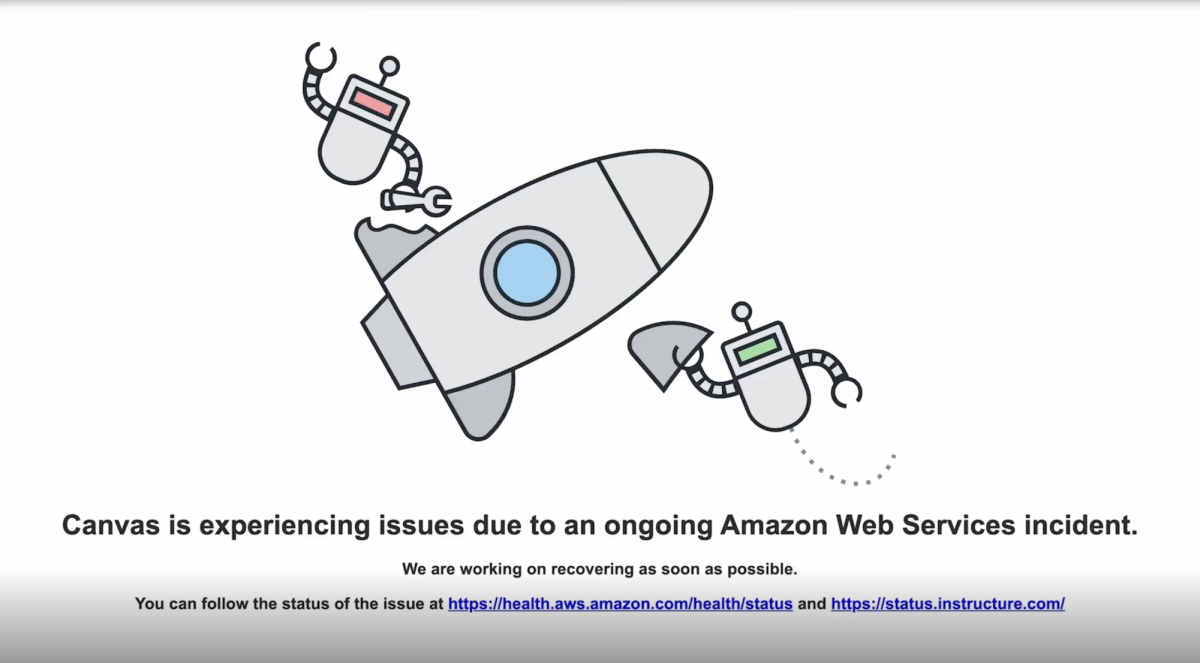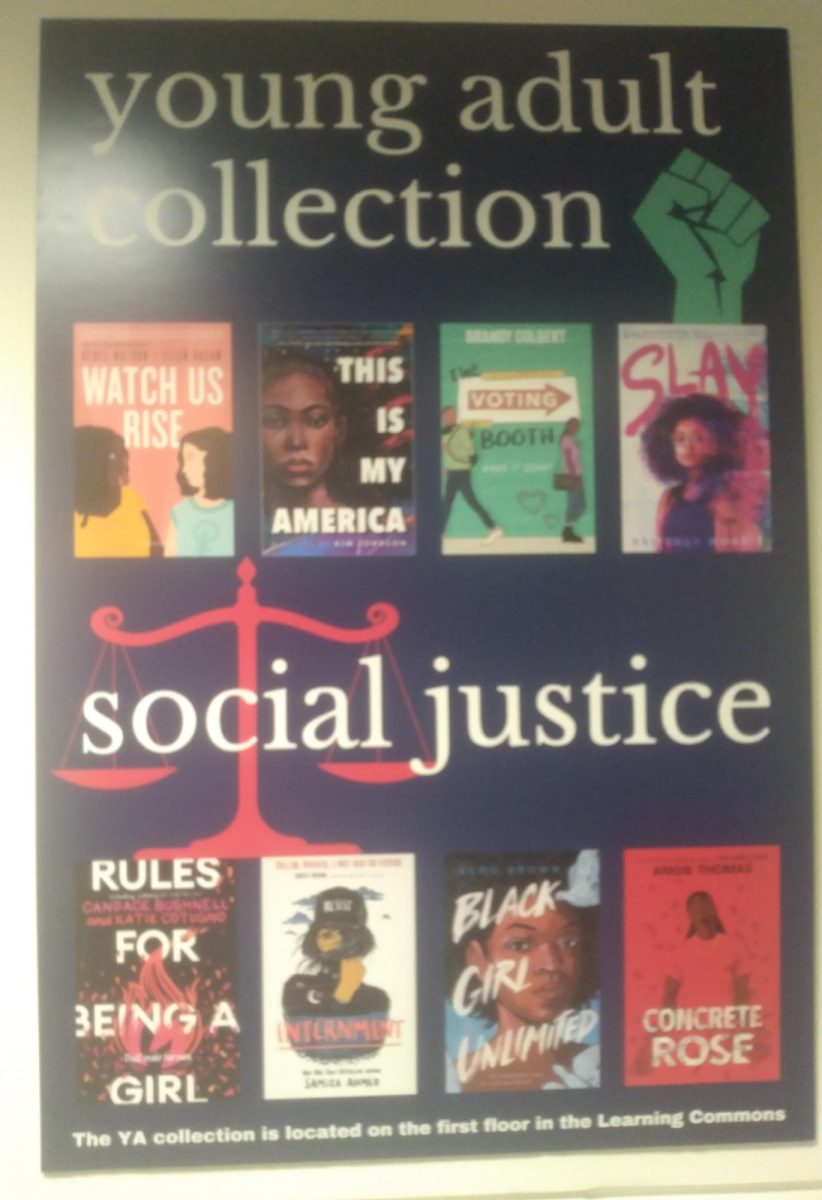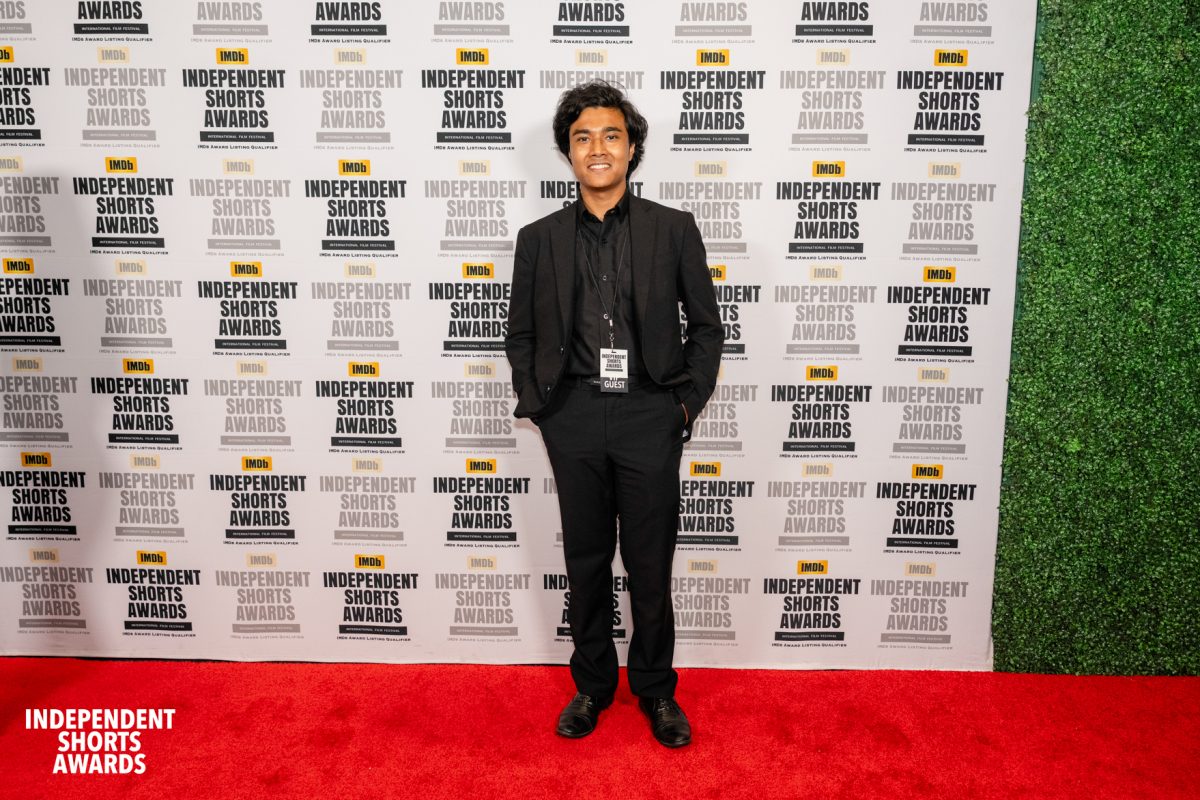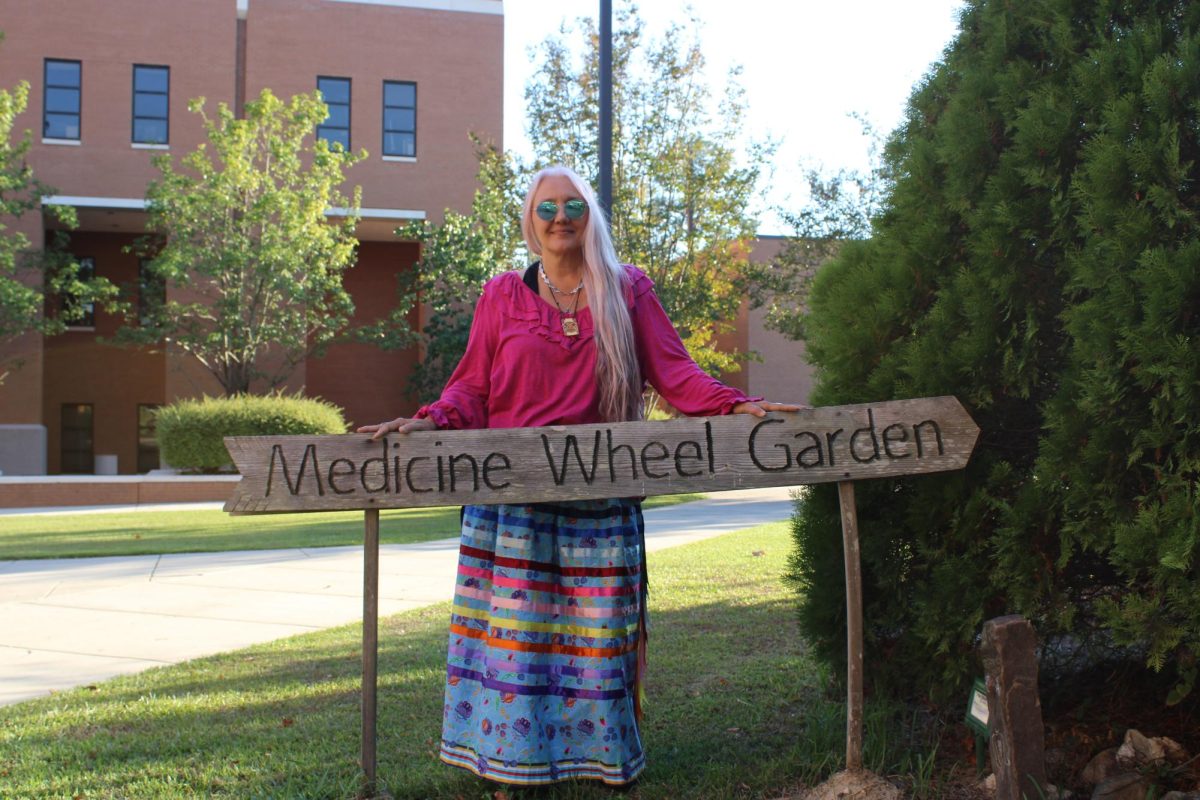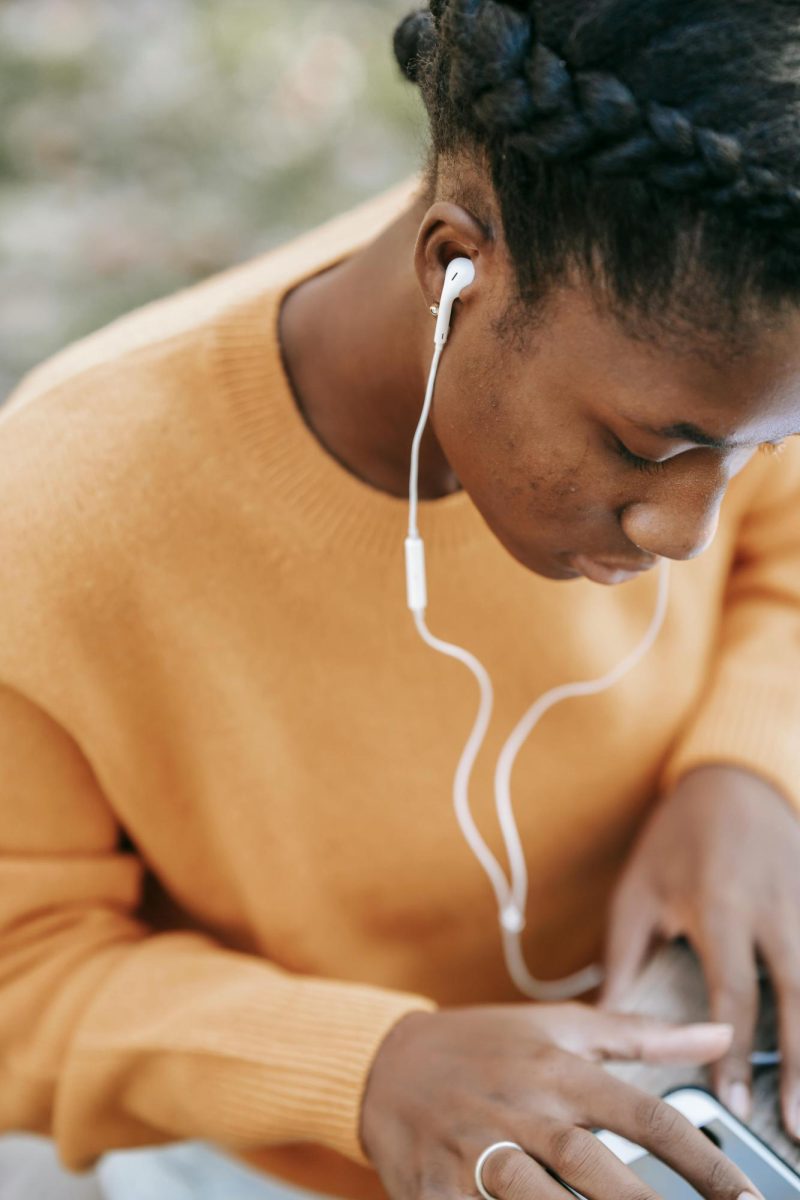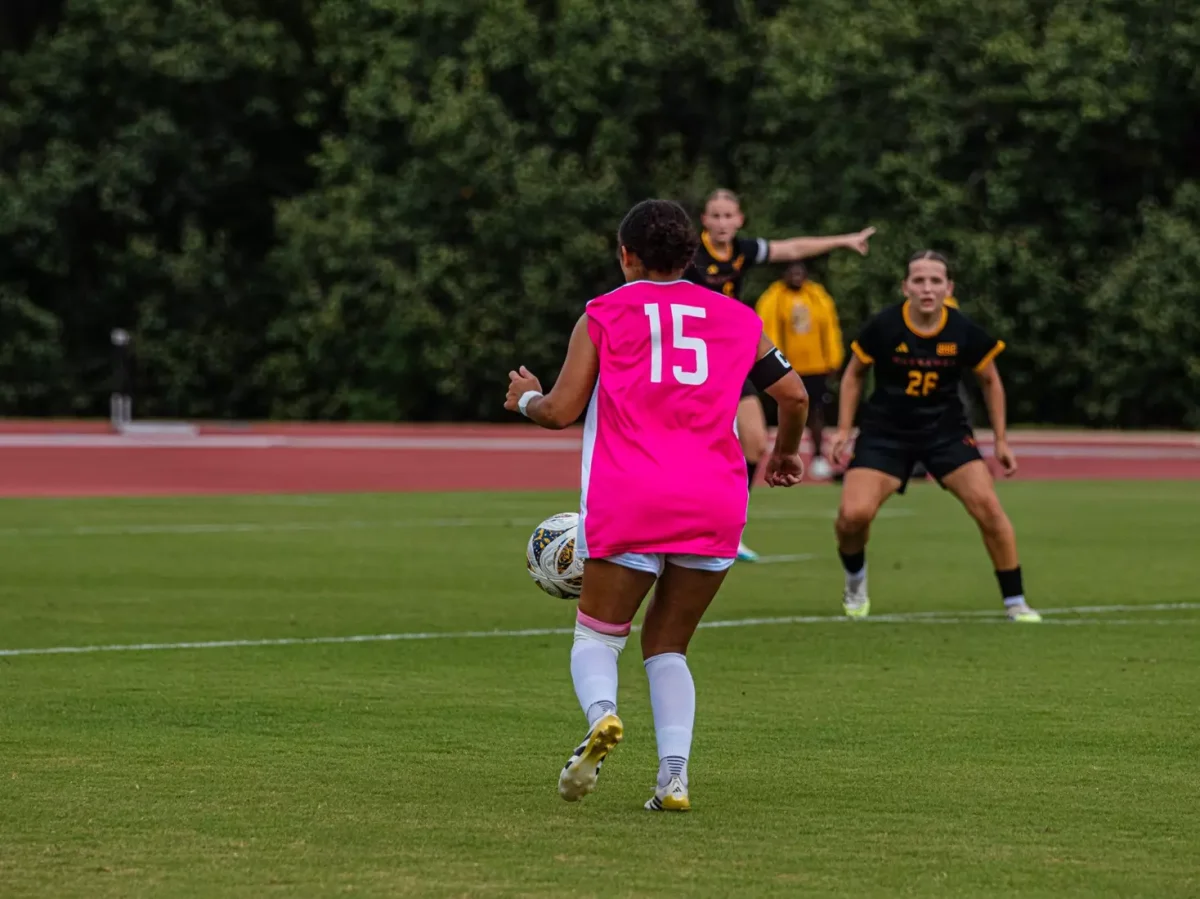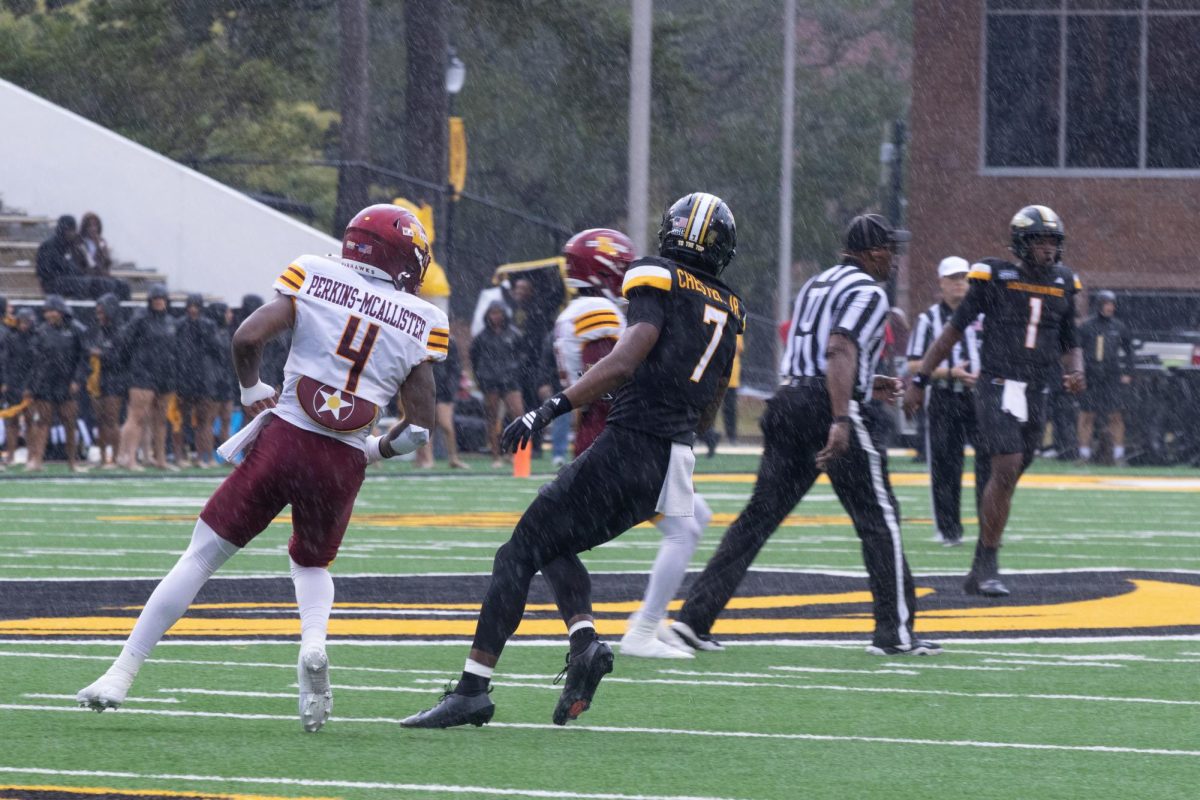Monday morning on campus brings crisp fall weather to South Mississippi, and as always, students clutch coffee cups in their hands. Campus coffee shops like Starbucks, Einstein’s, and Equinox are the most popular spots, while off-campus options such as T-Bones, Mo’Bay, and Mulvi’s also draw crowds. These coffee shops serve as laboratories for a specific kind of social experiment. A student sits alone at a corner table, headphones in, laptop open, surrounded by others doing the same. This arrangement is solitary in nature but not isolating; it’s anonymous yet familiar. It has become the default mode of collegiate existence. The coffee itself, increasingly expensive, acts as currency for something less tangible than caffeine: permission to occupy a shared space where learning and socializing happen simultaneously, outside the formal structure of either.
The economics of coffee have changed dramatically. Retail coffee prices surged nearly 21% last August, driven partially by tariffs on countries that supply nearly all of America's coffee. Brazil faces 50% duties and provides 30% of our imports; Vietnam and Colombia, at 20 and 10% respectively, account for most of the remainder. Given that the U.S. imports over 99% of its coffee, according to the National Coffee Association, these figures are not just abstract policy concerns—they represent a direct tax on the social infrastructure of student life. While coffee is not a necessity, the spaces it allows access to have become indispensable.
Ray Oldenburg's concept of "third places" describes venues that exist outside the binary of home and work, where community forms through voluntary association rather than institutional requirement. Universities once provided these spaces organically: student unions, common rooms, and libraries that welcomed lingering. While these spaces still exist, something has shifted. Coffee shops offer what institutional spaces increasingly cannot—ambient productivity, the illusion of control over one's environment, and a certain kind of anonymity that paradoxically fosters connection. You can be alone among others or gradually become recognized. The barista remembering your order represents a small validation of existence, costing $7 per interaction.
This situation creates a quiet but effective stratification. Students who can afford regular purchases participate in a parallel social network, one built through repeated presence in these commercial spaces. Friendships form over shared tables during group study sessions, and collaborations emerge from overhearing adjacent conversations. Even a casual acquaintance who remembers seeing you at the coffee shop last Tuesday contributes to a sense of belonging. In contrast, students unable to sustain this economic participation miss out on more than overpriced beverages; they are excluded from an entire ecosystem of connection.
Universities share some responsibility for this shift. As public funding decreases and institutional priorities change, the spaces designed for informal gatherings have diminished or disappeared. What remains often feels either too formal, such as study halls with rigid hours and surveillance, or too chaotic. Coffee shops have filled this vacuum, but they have done so by imposing a commercial filter on what should be a public good. It’s not about students drinking less coffee, but rather why access to communal space increasingly requires constant economic transactions.
The ritual of going to coffee shops persists because the alternative, studying alone in dorm rooms and socializing only through screens, feels unbearable. Coffee shops provide texture to collegiate life, creating an ambient human presence that makes intellectual work feel less isolating. Yet when community becomes a luxury good, rationed by price and sustained by tariffs on imported beans, we perhaps risk confusing convenience with necessity. Until we address this issue, students will continue to pay the price not just for caffeine, but more urgently, for a place to belong.

